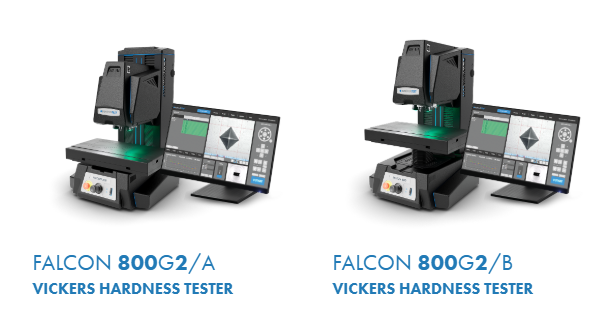Material hardness plays a critical role in determining the suitability of metals and alloys for industrial applications. Among the many hardness testing methods available, the Vickers hardness tester stands out for its precision, versatility, and reliability. This article delves into why the Vickers hardness tester is essential in material testing and how it contributes to various industries.
The Importance of Hardness Testing
Hardness testing is fundamental in assessing a material’s resistance to deformation, wear, and fatigue. Industries such as aerospace, automotive, and manufacturing rely on hardness testing to ensure product quality, safety, and longevity. Without accurate hardness measurements, material failures could lead to catastrophic consequences. Additionally, hardness testing helps in predicting the behavior of materials under different operational conditions, aiding in product development and quality assurance.
How the Vickers Hardness Tester Works
The Vickers hardness tester utilizes a diamond pyramid-shaped indenter to create an impression on the test material. The depth and size of the indentation determine the material’s hardness value. Unlike other hardness tests, such as the Brinell or Rockwell tests, the Vickers test provides higher accuracy, especially for thin materials and coatings.
One of the biggest advantages of this method is that the same indenter can be used for all types of materials, regardless of their hardness level. This eliminates the need for multiple indenters, making the process more efficient and cost-effective.
Key Features of the Vickers Hardness Tester
- Diamond Indenter: The symmetrical shape ensures uniform force distribution.
- Varied Load Application: The tester can be used for both micro and macro hardness testing.
- Non-Destructive Analysis: The small indentations minimize sample damage.
- Wide Range of Materials: Suitable for testing metals, ceramics, and polymers.
- Advanced Optical Measurement: Modern Vickers hardness testers come equipped with high-resolution microscopes or digital imaging systems to ensure precise measurement of indentations.
Applications of the Vickers Hardness Test
The Vickers hardness test is widely used in various industries, including:
- Manufacturing: To assess the wear resistance of machine components.
- Automotive: To test the hardness of engine parts and metal coatings.
- Jewelry Industry: To verify the hardness of precious metals.
- Aerospace: To ensure high-performance materials meet safety standards.
- Tool and Die Making: To measure the hardness of cutting tools and dies, ensuring optimal performance.
Benefits of Using the Vickers Hardness Tester
- High Precision: The symmetrical diamond indenter ensures accurate measurements.
- Versatility: Works with a wide range of materials and sample sizes.
- Minimal Surface Damage: Suitable for delicate or thin specimens.
- Repeatable Results: Ensures consistency in quality control processes.
- Automation and Digital Integration: Modern Vickers testers integrate with software for automatic data analysis, reducing human error and increasing efficiency.
Conclusion
The Vickers hardness tester remains a vital tool in material science and industrial quality control. Its ability to provide precise, reliable, and versatile hardness measurements makes it an industry standard. Whether in research, manufacturing, or product development, the Vickers hardness test plays a crucial role in ensuring material integrity and performance. As industries evolve, the demand for highly accurate hardness testing will continue to grow, making the Vickers hardness tester an essential instrument for future advancements in materials engineering.

